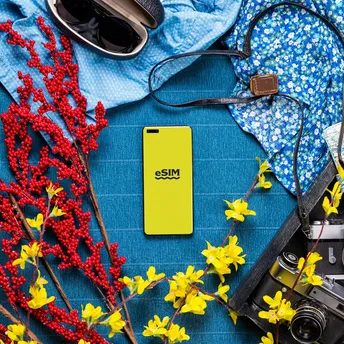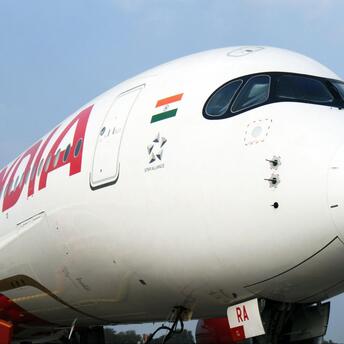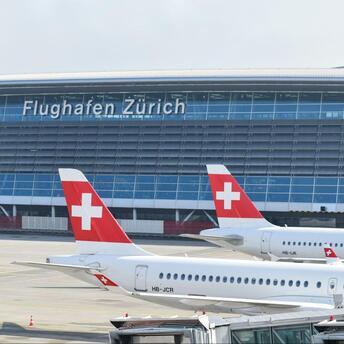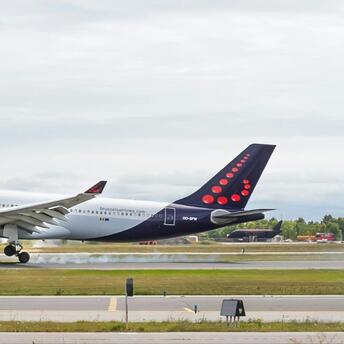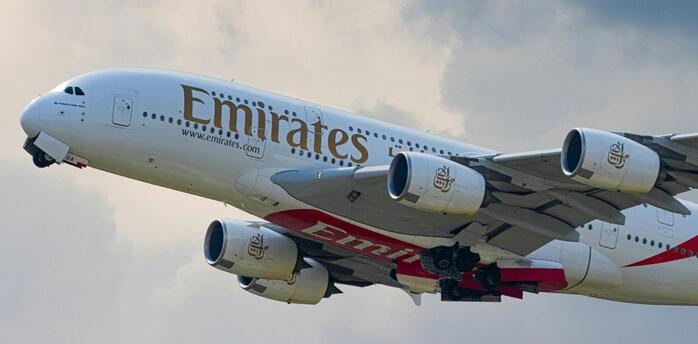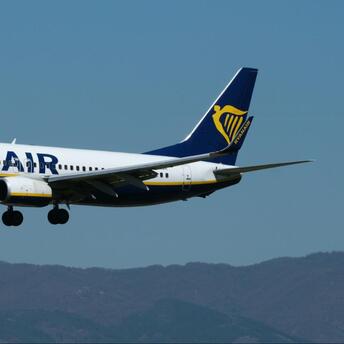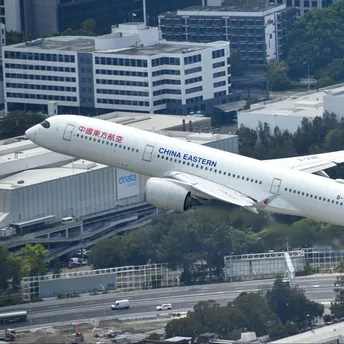Internet on a Cruise: How to Avoid Huge Bills for Connectivity

Getting internet access on a cruise often means dealing with high costs, slow speeds, and inconsistent connections, even on the latest ships. Travelers regularly face high Wi-Fi fees, unstable satellite connections, and shocking roaming bills at sea. But with the right setup, it's possible to stay connected without overpaying. We'll look at why internet at sea comes with such a high price tag, what kinds of connectivity options are available, and how to get ready in advance to avoid unexpected fees.
Because cruise ships connect to the internet via satellite systems, passengers often experience slower speeds, reduced reliability, and much higher costs than typical land-based services. Internet performance may suffer due to adverse weather, remote sailing areas, and the strain of thousands of passengers using the same network at once. Even modern ships struggle to deliver smooth access, especially on sea days when everyone is online. Cruise providers typically offer tiered Wi-Fi plans, yet even the most comprehensive options usually include data caps, restricted access to streaming, and prioritize messaging over full internet use.
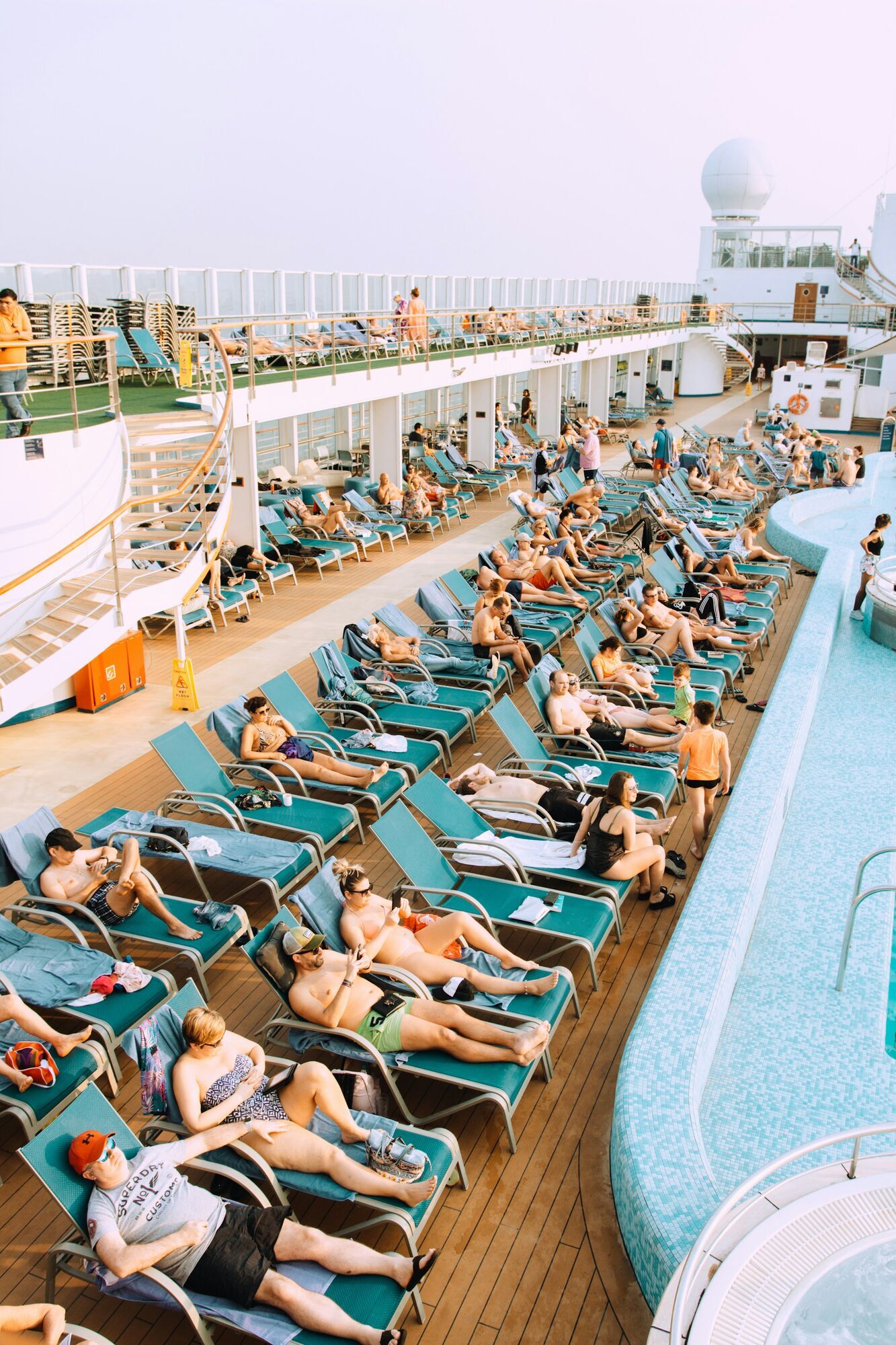
Roaming: A Costly Surprise
What many travelers don’t realize is that their phone can also connect to maritime mobile networks, separate systems run by the ship, linked to satellites. These are not covered by regular roaming plans, and connecting to them (even by accident) can result in charges of several dollars per megabyte. Automatic background activity like app updates, syncs, or software downloads can eat up data silently, turning a short online check-in into an expensive mistake.
What Are the Alternatives?
Cruise travelers aren’t limited to ship Wi-Fi or risky roaming. Depending on where you're sailing and what you need, better ways to stay connected include eSIM data plans, SIM cards purchased at port stops, and international roaming offers from your provider. Many cruise passengers prepare in advance by saving maps, travel guides, and entertainment content to use without needing an internet connection. Looking into these alternatives ahead of time can keep you connected during your cruise without breaking the bank.
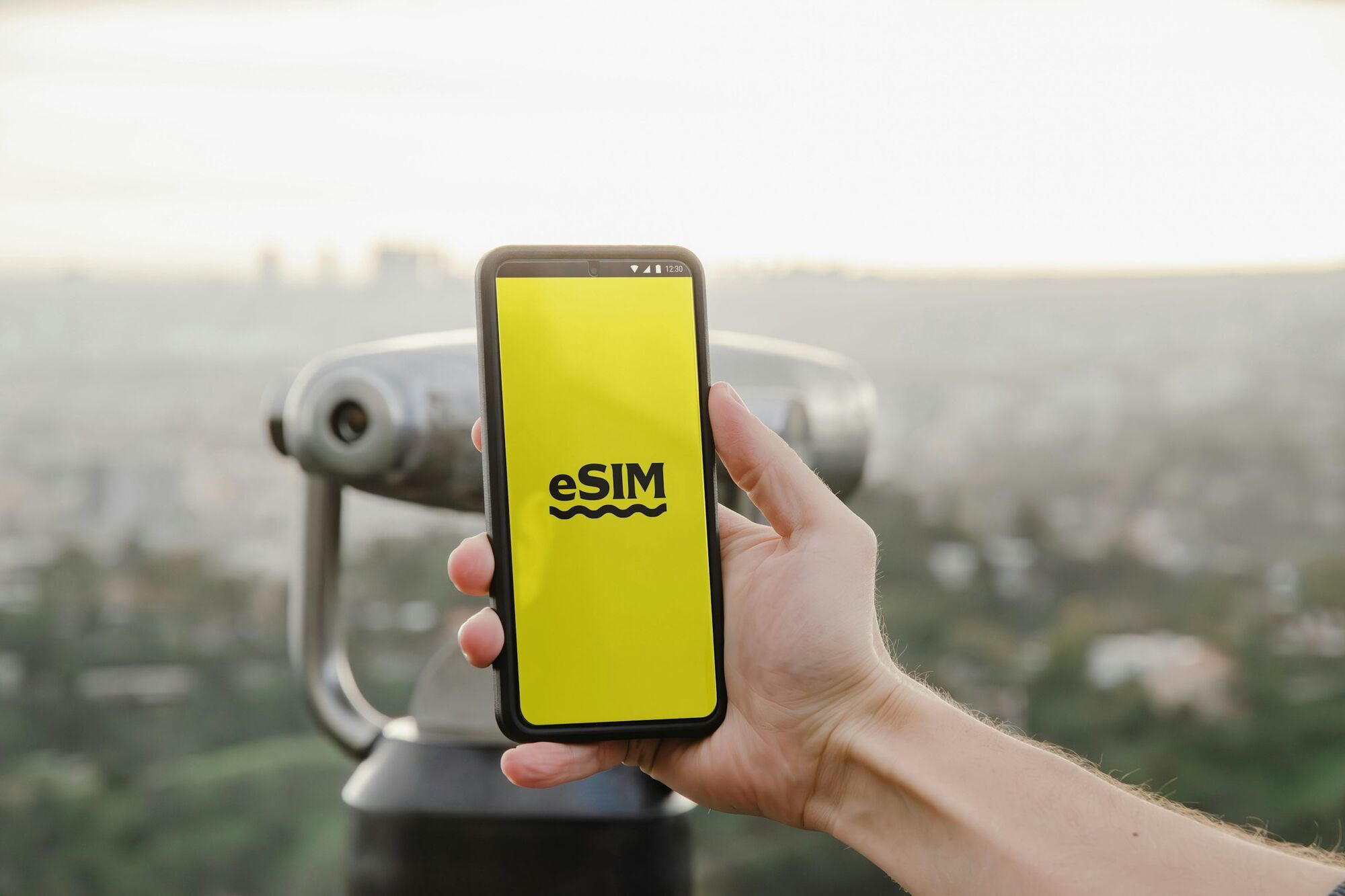
eSIM: A Flexible Choice
eSIM is a digital SIM card built into your phone, enabling you to download mobile data plans without needing to swap physical cards. It’s especially useful for cruise travelers visiting several countries, since they can switch data plans seamlessly, often before boarding the ship. Plenty of eSIM providers offer global or regional plans that function in most cruise destinations, allowing travelers to stay connected on land without facing roaming fees. Certain providers, such as GigSky, collaborate with Visa to offer cardholders complimentary data and reduced-rate plans in specific countries, further enhancing the convenience of eSIM for global travelers.
Local SIM Cards in Ports
Choosing a local SIM card at each cruise stop is a common method for staying connected, helping you bypass onboard Wi-Fi limitations and avoid high roaming costs. Across many countries, affordable prepaid SIM cards are commonly available at shops near cruise docks or airport entry points. However, this method requires time, local registration, and manual setup, and if your cruise stops in several countries, switching SIMs repeatedly can become inconvenient and more expensive in the long run. Compared to eSIM, which lets you manage multiple countries with a single profile, physical SIMs are less practical for most cruise travelers.
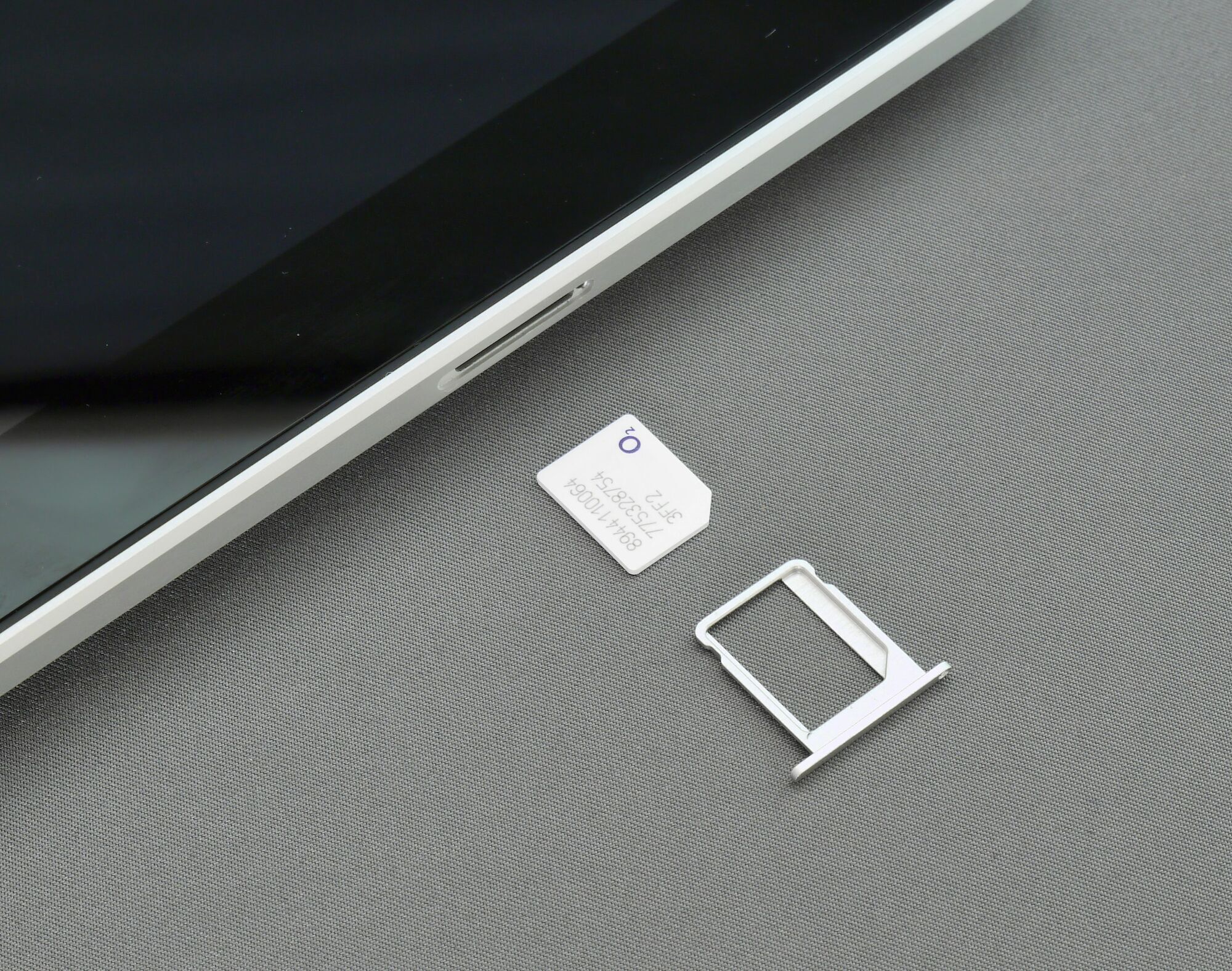
How to Prepare Your Internet Plan Before Departure
A bit of planning before you board can help avoid unnecessary costs. Here’s what to do:
- Check your cruise itinerary to see how many countries you’ll visit and how much time you’ll spend at sea.
- Choose your preferred connection method, such as a regional eSIM plan or a local SIM strategy.
- Download your eSIM profile and install it before departure to avoid delays onboard.
- Save offline content, such as maps, translators, guides, and entertainment.
- Turn off automatic updates and background data on your phone to prevent surprise usage.
- Disable mobile roaming or switch to airplane mode while at sea to avoid connecting to maritime networks.
Tips for Saving Mobile Data on a Cruise
Even with the right plan, managing your data usage is key to avoiding extra charges. Try these simple strategies:
- Use data-saving mode on your device to reduce background activity.
- Disable auto-play and high-quality video in apps like YouTube, Instagram, or TikTok.
- Turn off automatic cloud syncing for photos, files, and emails.
- Choose lightweight apps or browser versions when available.
- Download content over Wi-Fi in port and use it offline while at sea.
- Use a VPN only when needed, as it can increase data usage slightly.
Don’t Let Internet Ruin the Cruise
Internet troubles shouldn’t get in the way of your vacation. Thanks to options like eSIMs and offline downloads, staying connected during your cruise is now more affordable and accessible than ever. Success lies in understanding how each option functions and preparing in advance according to your itinerary and connectivity needs. From staying in touch with loved ones to sharing your adventures online, dependable internet access begins with smart preparation well before boarding the ship.
Staying connected on a cruise is easier and more budget-friendly than ever if you plan ahead. By understanding your options, including eSIMs, local SIM cards, Wi-Fi, and offline tools, you can create a plan that suits your trip and budget. A bit of preparation ahead of time can help you cut internet expenses and enjoy a more seamless cruise experience without digital disruptions.

